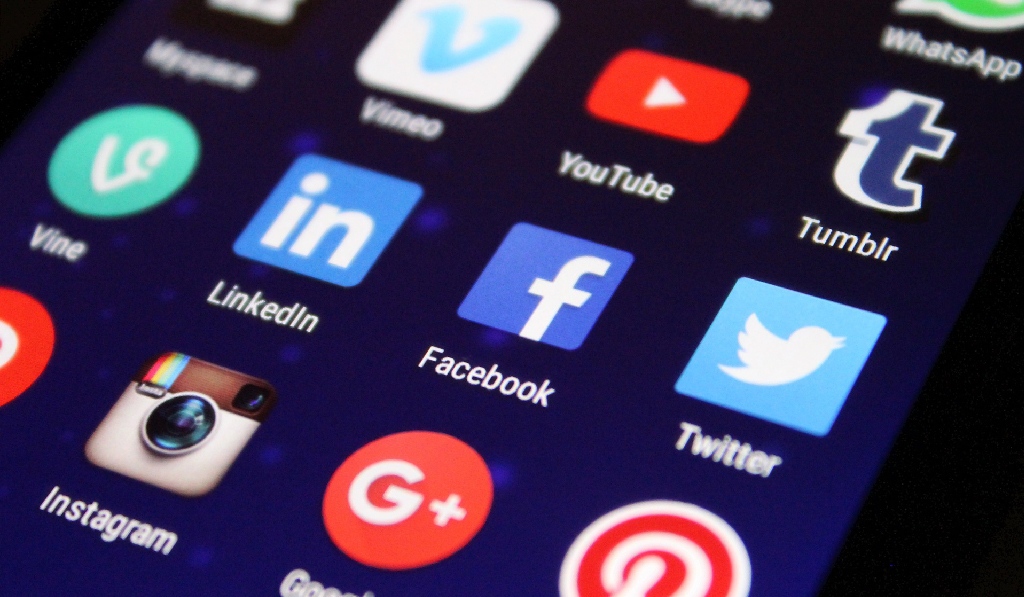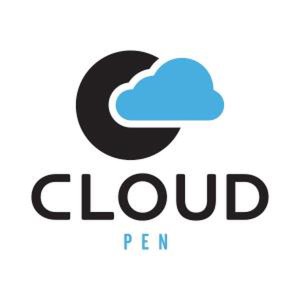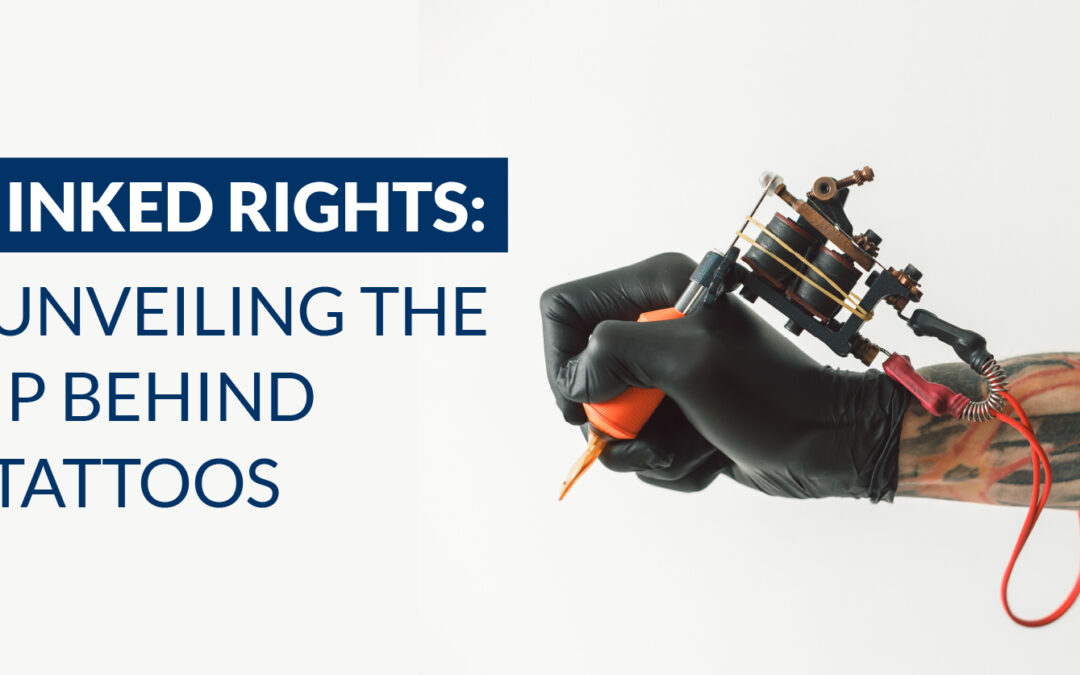Social media has become an important tool to connect with one another and as a means to promote one’s business ideas. Visibility of products or services is just a few clicks away on a computer, tablet or smartphone. Social media networks pose a challenge for trademark law and specialists suggest various strategies for trademark protection.
A policy
Activity in social media not only provides information on a product or service identified with a trademark, but also contributes to the general image and reputation of a person or company. Trademark counsel should be involved in the drafting of a company’s social media policy in order to regulate the use of a company’s name and trademarks on any platform, including employee´s personal accounts. The policy should address the type of content that is permitted, the personnel allowed to post content, and the appropriate time to post.
The policy should offer a clearance process prior to the use of an expression, design or image. This will prevent any third-party infringement claims.
Counsel should implement the use of online agreements for social media platforms in order to regulate the monitoring of third parties’ uses and activities.
The policy should also cover the enforcement of trademarks and copyrights, taking into account the type of infringer, the government regulations that may apply and the potential negative effects on the company. Personnel such as members of the marketing group, the company’s press or public relations department, and of course, someone from the legal department should receive reports on damaging or infringing posts. There should be constant monitoring of social media platforms and websites in order to find infringements or damaging uses. Meaningless remarks or uses of a trademark should not be the main concern. Monitoring should focus on finding misuse of trademarks that could mislead consumers to believe that a use or remark was made with the trademark owner’s authorization.
Actions
The usual approach: cease and desist communications
- When dealing with trademark infringement, counsel should obtain evidence of the infringement by either screen capturing or printing of the page, making sure there is a clear display of the date and location of the posting.
- The language used in the cease and desist letter should be carefully chosen as it could be used in eventual litigation and even as a source to choose venue.
- Counsel should review the IP policy of the website where the illegal or misuse was found in order to issue a takedown notification. A report of copyright or trademark infringement to the site can have use or domain names disabled or references removed. It is important to become familiar with a site’s policy towards infringement or misuse allegations and if there is a tendency to assist the legitimate trademark owner. Some social media sites are against counterfeiting and false information on account holders however, there are websites that do not have a clear policy against them.
- Counsel should research the background of the infringer in order to prevent harm on the company’s reputation. In some cases, the infringer requires special care. A softer or friendly initial approach may be advisable. Engaging in a friendly conversation with the infringer could prevent a negative social campaign against a company’s name and its trademarks. Some infringers choose to disseminate cease and desist letters creating an image of being threatened or bullied by a large company, and even prevented from exercising their freedom of speech right. They create noise and wish to attract publicity to their actions. A friendly communication to the infringer could be an effective strategy against such This type of unauthorized trademark users will likely not publish a friendly communication from the trademark owner requesting cease of the use.
- Counsel should be careful when the misuse or infringement of the trademark is made by a fan or supporter of the company’s brand (e.g. someone labels its product with wording that could be confused with a company´s trademark or could misrelate it to it). The approach should be tailored to not offend the customer while explaining the importance of protecting the adequate use of the trademark. In some cases, the unauthorized user could be invited to join the trademark owner’s adequate promotion of the brand in the media where there was initial misuse or may be offered incentives in order not to pursue the erroneous conduct. The approach should be inviting and not forceful in these cases.
Loopholes in a policy should be addressed by an expert trademark counsel with proper research and good judgment. As mentioned before, sometimes there are no black and white answers and a well-thought process may require the involvement of personnel from other areas such as marketing, communications, PR and those working on the development of a product or service under a certain trademark. Challenges continue as additional social media networks develop and the number of websites that offer products and services grow.
Hashtags’ simplicity
The success of trademarks may be measured by their fame and recognition by consumers. Social media has played a key role in the development of these aspects. Every day, business folks use different types of social media in order to advertise their marks. Some use their own profiles or websites; some hire influencers to pitch about their trademarks; others use cookies to flood the Internet with unsolicited advertising, and finally, others use hashtags, a very popular tool to attract attention to their trademarks in social media.
Hashtags serve a very simple yet clever function: drawing attention. For this reason, the use of hashtags has become increasingly common for companies and individuals as a marketing strategy, however, their use can turn into a headache for trademark owners since it is very difficult to prevent third parties from posting discrediting or harmful content through hashtags that link a trademark and could be damaging to a company’s reputation. In some cases, unscrupulous fellows also use hashtags in social media in order to free-ride on someone else’s trademark reputation and use it for massive unauthorized or counterfeit sales. Some of these cases have resulted in rulings from the courts in which the legitimate owner’s complaints have been upheld and free-riders have been sanctioned due to trademark infringement.
In Eksouzian v. Albanese, Case No. 2:13-cv-00728-PSG-MAN (C.D. Cal.)parties who manufactured and sold the same type of product (compact vaporizer pens) agreed to settle trademark infringement claims. The parties agreed that, whilst the plaintiffs had exclusive use of the word ‘CLOUD’ as a unitary mark, it could not use the word ‘CLOUD’ in close association with the words ‘PEN’, ‘PENS’, ‘PAD’, etc. (a conduct allowed to the defendant). The defendants used the following image to promote their product:
The plaintiff used the hashtag ‘#cloudpen’ in social media. The defendant claimed that this was a violation of the agreement. The court concluded that “hashtags are merely descriptive devices, not trademarks, unitary or otherwise, in and of themselves” their use “is merely a functional tool to direct the location of the plaintiffs’ promotion so that it is viewed by a group of consumers, not an actual trademark.”
While the use of the # symbol seems not to be a clear breach of trademark rights their use is not completely clear for free use. During the Olympic games of July 2016, held in Rio de Janeiro, a controversy arose involving the use of ‘#Rio2016’. The USOC (US Olympic Committee) sent cease and desist as well as warning letters to non-Olympic sponsor companies that used USOC’s trademarks in hashtags and social media, such as #Rio2016 and #TeamUSA. Oiselle, a women’s apparel company, posted “She’s going to Rio!” and “#RoadtoRio” in an Instagram post when one of their sponsored athletes qualified for an event. Soon after, the USOC contacted Oiselle requesting cease of use. Eric Goldman, a Professor of Law at Santa Clara University, interviewed by the BBC, considered the approach as “overly aggressive and ridiculous”: “I think that trying to tell companies that they can’t use the hashtag #Rio2016 or #TeamUSA in their tweets, most of the time they’re going far afield of what the law permits and when companies use the ambiguities of trademark law to try and squelch socially beneficial conversation, I call that bullying.”
The German Olympics Sports Confederation and Team Gb (the mark name used since 1999 by the British Olympic Association (BOA) for their Great Britain and Northern Ireland Olympic team), as did the IOC on the topic, published guidelines that emphasized the strict restrictions on the use of IOC registered marks by non-sponsors. Such guidelines covered the use of hashtags such as #Rio2016. They explained that such use verged on trademark infringement territory and as such, non-Olympic partners and non-sponsors should refrain from their use. IP rights policies such as Twitter’s, with strict management of copyright infringement, received requests to remove trademarks in hashtags. No legal action was taken although it is clear that the use of wording related to the Olympics by non-sponsors should not be pursued. The argument that use of a mark in a hashtag as merely descriptive will likely be unsuccessful in such cases.
There are some cases in the U.S. in which third parties have attempted to use hashtags as evidence of the distinctiveness of a mark. The USPTO however, has declared that hashtags are not considered a significant source of distinctiveness “because a hashtag will usually be perceived as part of an online social media search term, a hashtag generally serves no source-indicating function and adding such symbol or term to an otherwise unregistrable mark typically does not render the mark registrable.” In light of the foregoing despite the popularity and effectiveness that a hashtag may have on social media, this will not necessarily have the same positive outcome in the registration process of a trademark.
A mark comprising or including the hash symbol (#) or the term HASHTAG is registrable as a trademark or service mark only if it functions as an identifier of the source of the applicant’s goods or services. The symbol and the wording HASHTAG does not provide any source-indicating function because they merely facilitate categorization and searching within online social media […]”
An example of the use of social media as a means to advertise a mark, without incurring in trademark infringement, is the advertisement of Oreo cookies in a twitter post during a power outage at the Super Bowl a couple years ago. They tweeted a picture of an Oreo cookie with the caption: “You Can Still Dunk In The Dark.” While the ad could connect the sentence with the Super Bowl, there was no use of hashtags or names to the competition or the sports teams /companies.
While companies and individuals should be careful and refrain from using third party trademarks in their ads and promotional materials as well as social media, it is important to recognize that some uses by third parties in hashtags and articles are simply informative and considered newsworthy material. In light of this, a careful assessment of the use should be conducted prior to the release of the remark on social media in order to avoid uncomfortable situations that involve cease and desist requests and claims from trademark owners.
By Bibiana Agudelo and Daniel Trujillo








